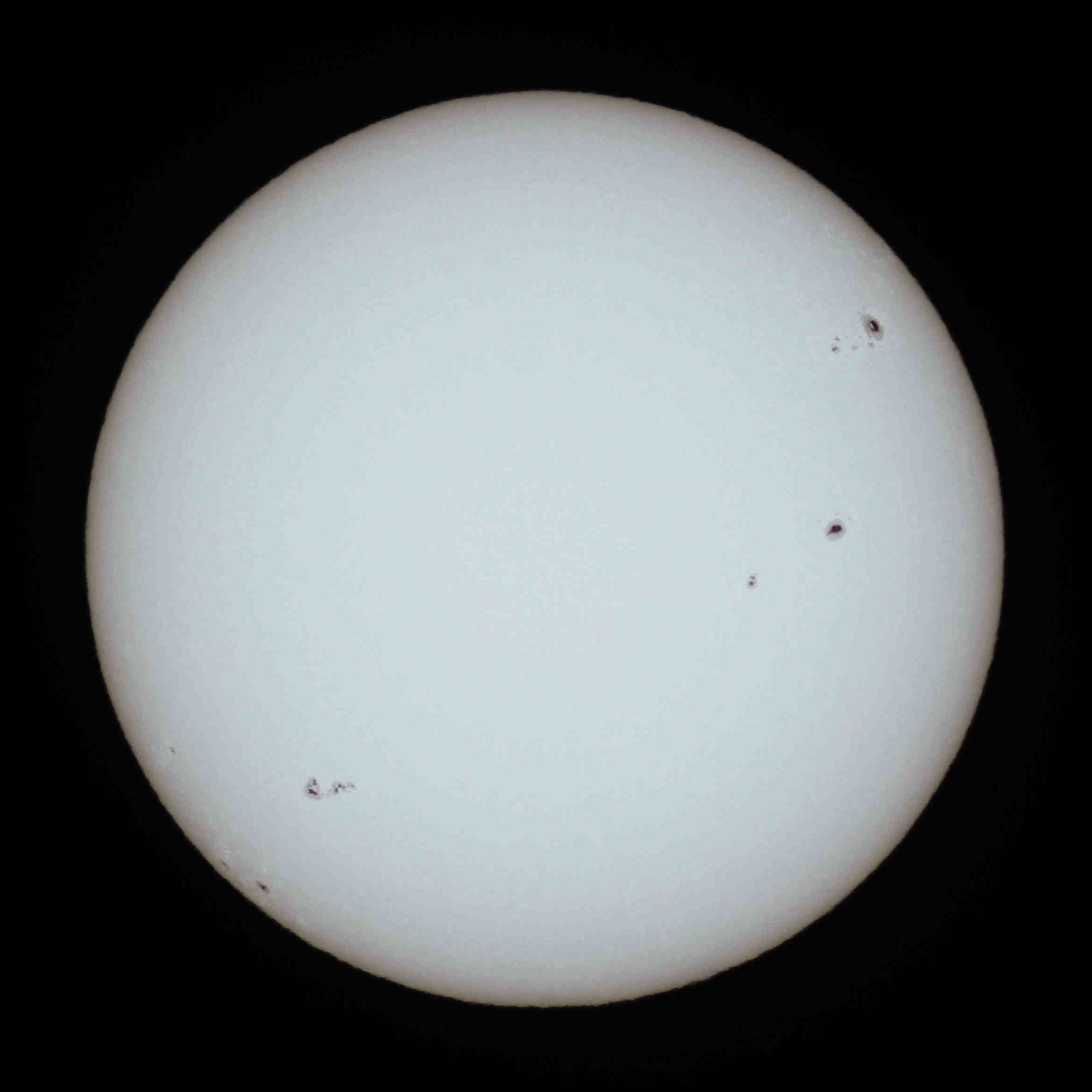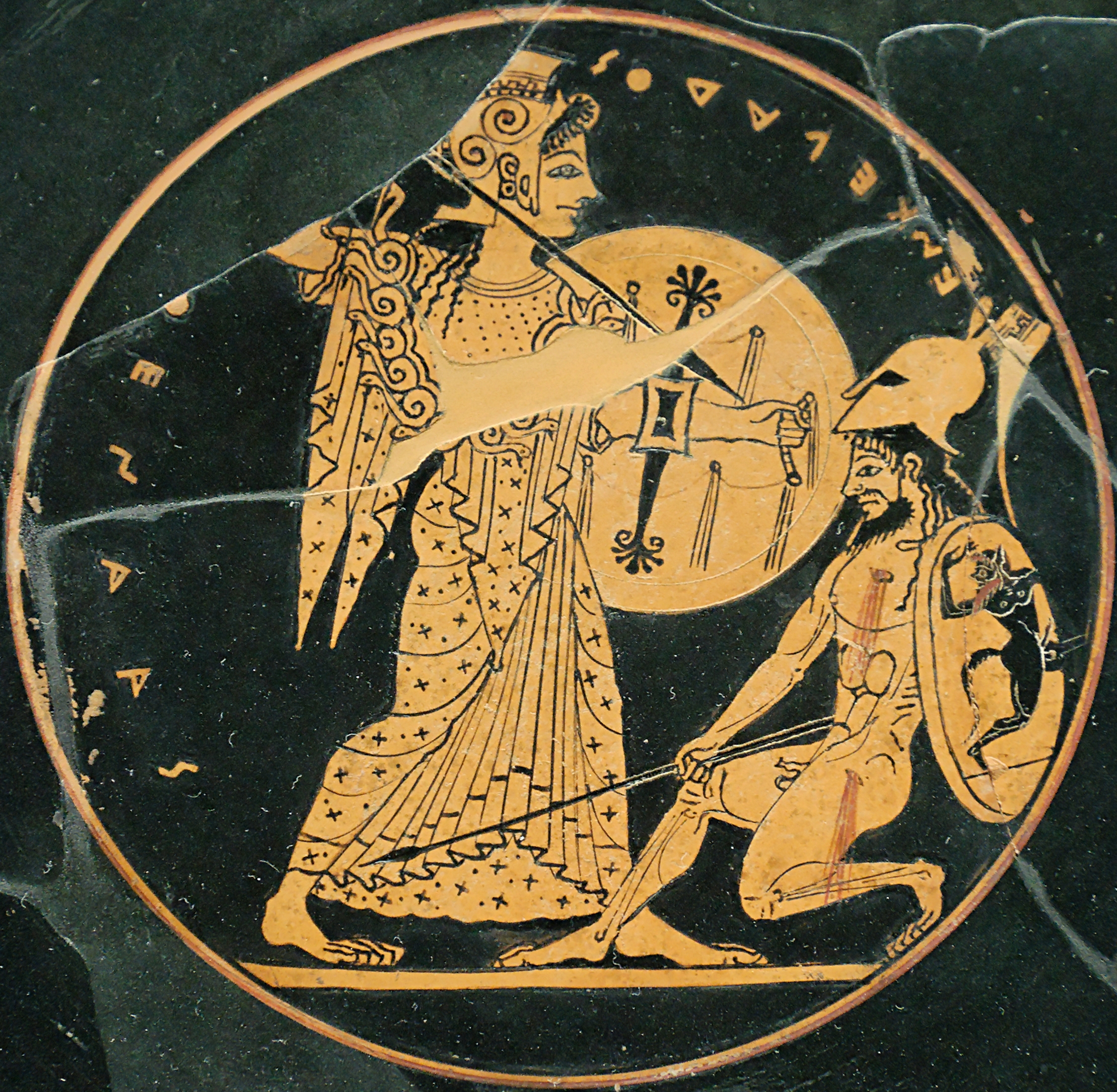|
Pyroeis
Pyroeis () in ancient Greek religion is the god of the wandering star Areios, identified with the planet Mars. He is also known as Mesonyx (; 'midnight'). Etymology Pyroeis, from , 'fire', means 'the fiery one'. Function In Ancient Greek astronomy, Pyroeis is the god of the planet Mars Mars is the fourth planet from the Sun. It is also known as the "Red Planet", because of its orange-red appearance. Mars is a desert-like rocky planet with a tenuous carbon dioxide () atmosphere. At the average surface level the atmosph ..., one of the five planets visible to the naked eye. Astronomers of the time assigned these " planetae" various names, associated them with different gods, and ascribed various qualities to their apparent behaviour in the sky. [...More Info...] [...Related Items...] OR: [Wikipedia] [Google] [Baidu] |
Planetae
The planetae (, , or , ), were the five naked-eye planet A planet is a large, Hydrostatic equilibrium, rounded Astronomical object, astronomical body that is generally required to be in orbit around a star, stellar remnant, or brown dwarf, and is not one itself. The Solar System has eight planets b ...s (the Classical planets) known to Ancient Greek astronomy, ancient Greek and Roman astronomers, who assigned them a variety of names, associated them with different gods, and ascribed various qualities to their apparent behaviour in the sky."Planetae" in ''Dictionary of Greek and Roman Antiquities'', pp. 922, 923. Some scholars included the Sun and Moon, making seven planets, representing the seven heavenly bodies that moved against t ... [...More Info...] [...Related Items...] OR: [Wikipedia] [Google] [Baidu] |
Planet
A planet is a large, Hydrostatic equilibrium, rounded Astronomical object, astronomical body that is generally required to be in orbit around a star, stellar remnant, or brown dwarf, and is not one itself. The Solar System has eight planets by the most restrictive definition of the term: the terrestrial planets Mercury (planet), Mercury, Venus, Earth, and Mars, and the giant planets Jupiter, Saturn, Uranus, and Neptune. The best available theory of planet formation is the nebular hypothesis, which posits that an interstellar cloud collapses out of a nebula to create a young protostar orbited by a protoplanetary disk. Planets grow in this disk by the gradual accumulation of material driven by gravity, a process called accretion (astrophysics), accretion. The word ''planet'' comes from the Greek () . In Classical antiquity, antiquity, this word referred to the Sun, Moon, and five points of light visible to the naked eye that moved across the background of the stars—namely, Me ... [...More Info...] [...Related Items...] OR: [Wikipedia] [Google] [Baidu] |
Helios
In ancient Greek religion and Greek mythology, mythology, Helios (; ; Homeric Greek: ) is the god who personification, personifies the Sun. His name is also Latinized as Helius, and he is often given the epithets Hyperion ("the one above") and Phaethon ("the shining"). Helios is often depicted in art with a radiant crown and driving a horse-drawn chariot through the sky. He was a guardian of oaths and also the god of sight. Though Helios was a relatively minor deity in Classical Greece, his worship grew more prominent in late antiquity thanks to his identification with several major solar divinities of the Roman period, particularly Apollo and Sol (Roman mythology), Sol. The Roman Emperor Julian (emperor), Julian made Helios the central divinity of his short-lived revival of Religion in ancient Rome, traditional Roman religious practices in the 4th century AD. Helios figures prominently in several works of Greek mythology, poetry, and literature, in which he is often described ... [...More Info...] [...Related Items...] OR: [Wikipedia] [Google] [Baidu] |
Mars
Mars is the fourth planet from the Sun. It is also known as the "Red Planet", because of its orange-red appearance. Mars is a desert-like rocky planet with a tenuous carbon dioxide () atmosphere. At the average surface level the atmospheric pressure is a few thousandths of Earth's, atmospheric temperature ranges from and cosmic radiation is high. Mars retains some water, in the ground as well as thinly in the atmosphere, forming cirrus clouds, frost, larger polar regions of permafrost and ice caps (with seasonal snow), but no liquid surface water. Its surface gravity is roughly a third of Earth's or double that of the Moon. It is half as wide as Earth or twice the Moon, with a diameter of , and has a surface area the size of all the dry land of Earth. Fine dust is prevalent across the surface and the atmosphere, being picked up and spread at the low Martian gravity even by the weak wind of the tenuous atmosphere. The terrain of Mars roughly follows a north-south ... [...More Info...] [...Related Items...] OR: [Wikipedia] [Google] [Baidu] |
Ancient Greek Religion
Religious practices in ancient Greece encompassed a collection of beliefs, rituals, and Greek mythology, mythology, in the form of both popular public religion and Cult (religious practice), cult practices. The application of the modern concept of "religion" to ancient cultures has been questioned as anachronistic. The Ancient Greece, ancient Greeks did not have a word for 'religion' in the modern sense. Likewise, no Greek writer is known to have classified either the gods or the cult practices into separate 'religions'. Instead, for example, Herodotus speaks of the Hellenes as having "common shrines of the gods and sacrifices, and the same kinds of customs". Most ancient Greeks recognized the Twelve Olympians, twelve major Olympian gods and goddesses—Zeus, Hera, Poseidon, Demeter, Athena, Ares, Aphrodite, Apollo, Artemis, Hephaestus, Hermes, and either Hestia or Dionysus—although philosophies such as Stoicism and some forms of Platonism used language that seems to assume a s ... [...More Info...] [...Related Items...] OR: [Wikipedia] [Google] [Baidu] |
Ancient Greek Astronomy
Ancient Greek astronomy is the astronomy written in the Greek language during classical antiquity. Greek astronomy is understood to include the Ancient Greece, Ancient Greek, Hellenistic period, Hellenistic, Roman Empire, Greco-Roman, and Late antiquity, late antique eras. Ancient Greek astronomy can be divided into three phases, with ''Classical Greek astronomy'' being practiced during the 5th and 4th centuries BC, ''Hellenistic period, Hellenistic astronomy'' from the 3rd century BC until the formation of the Roman Empire in the late 1st century BC, and ''Greco-Roman astronomy'' continuing the tradition in the Roman world. During the Hellenistic era and onwards, Greek astronomy expanded beyond the geographic region of Greece as the Greek language had become the language of scholarship throughout the Hellenistic world, in large part delimited by the boundaries of the Macedonian Empire established by Alexander the Great. The most prominent and influential practitione ... [...More Info...] [...Related Items...] OR: [Wikipedia] [Google] [Baidu] |
List Of Gravitationally Rounded Objects Of The Solar System
This is a list of most likely gravitationally rounded objects (GRO) of the Solar System, which are objects that have a rounded, ellipsoidal shape due to their own gravity (but are not necessarily in hydrostatic equilibrium). Apart from the Sun itself, these objects qualify as planets according to common geophysical definition of planet, geophysical definitions of that term. The radii of these objects range over three orders of magnitude, from planetary-mass objects like dwarf planets and some Natural satellite, moons to the planets and the Sun. This list does not include small Solar System body, small Solar System bodies, but it does include a sample of possible planetary-mass objects whose shapes have yet to be determined. The Sun's orbital characteristics are listed in relation to the Galactic Center, while all other objects are listed in order of their distance from the Sun. Star The Sun is a G-type main-sequence star. It contains almost 99.9% of all the mass in the Solar ... [...More Info...] [...Related Items...] OR: [Wikipedia] [Google] [Baidu] |
List Of Greek Deities
In ancient Greece, deities were regarded as immortal, anthropomorphism, anthropomorphic, and powerful. They were conceived of as individual persons, rather than abstract concepts or notions, and were described as being similar to humans in appearance, albeit larger and more beautiful. The emotions and actions of deities were largely the same as those of humans; they frequently engaged in sexual activity, and were jealous and amoral. Deities were considered far more knowledgeable than humans, and it was believed that they conversed in a language of their own. Their immortality, the defining marker of their godhood, meant that they ceased aging after growing to a certain point. In place of blood, their veins flowed with ichor, a substance which was a product of their diet, and conferred upon them their immortality. Divine power allowed the gods to intervene in mortal affairs in various ways: they could cause natural events such as rain, wind, the growing of crops, or epidemics, and w ... [...More Info...] [...Related Items...] OR: [Wikipedia] [Google] [Baidu] |
Greek Gods
In ancient Greece, deities were regarded as immortal, anthropomorphic, and powerful. They were conceived of as individual persons, rather than abstract concepts or notions, and were described as being similar to humans in appearance, albeit larger and more beautiful. The emotions and actions of deities were largely the same as those of humans; they frequently engaged in sexual activity, and were jealous and amoral. Deities were considered far more knowledgeable than humans, and it was believed that they conversed in a language of their own. Their immortality, the defining marker of their godhood, meant that they ceased aging after growing to a certain point. In place of blood, their veins flowed with ichor, a substance which was a product of their diet, and conferred upon them their immortality. Divine power allowed the gods to intervene in mortal affairs in various ways: they could cause natural events such as rain, wind, the growing of crops, or epidemics, and were able to dicta ... [...More Info...] [...Related Items...] OR: [Wikipedia] [Google] [Baidu] |
Martian Deities
Mars, the fourth planet from the Sun, has appeared as a Setting (narrative), setting in works of fiction since at least the mid-1600s. Trends in the planet's portrayal have largely been influenced by advances in planetary science. It became the most popular celestial object in fiction in the late 1800s, when it became clear that there was no life on the Moon. The predominant genre depicting Mars at the time was utopian fiction. Around the same time, the mistaken belief that there are canals on Mars emerged and made its way into fiction, popularized by Percival Lowell's speculations of an ancient civilization having constructed them. ''The War of the Worlds'', H. G. Wells's novel about an alien invasion of Earth by sinister Martians, was published in 1897 and went on to have a major influence on the science fiction genre. Life on Mars appeared frequently in fiction throughout the first half of the 1900s. Apart from enlightened as in the utopian works from the turn of the century, ... [...More Info...] [...Related Items...] OR: [Wikipedia] [Google] [Baidu] |








